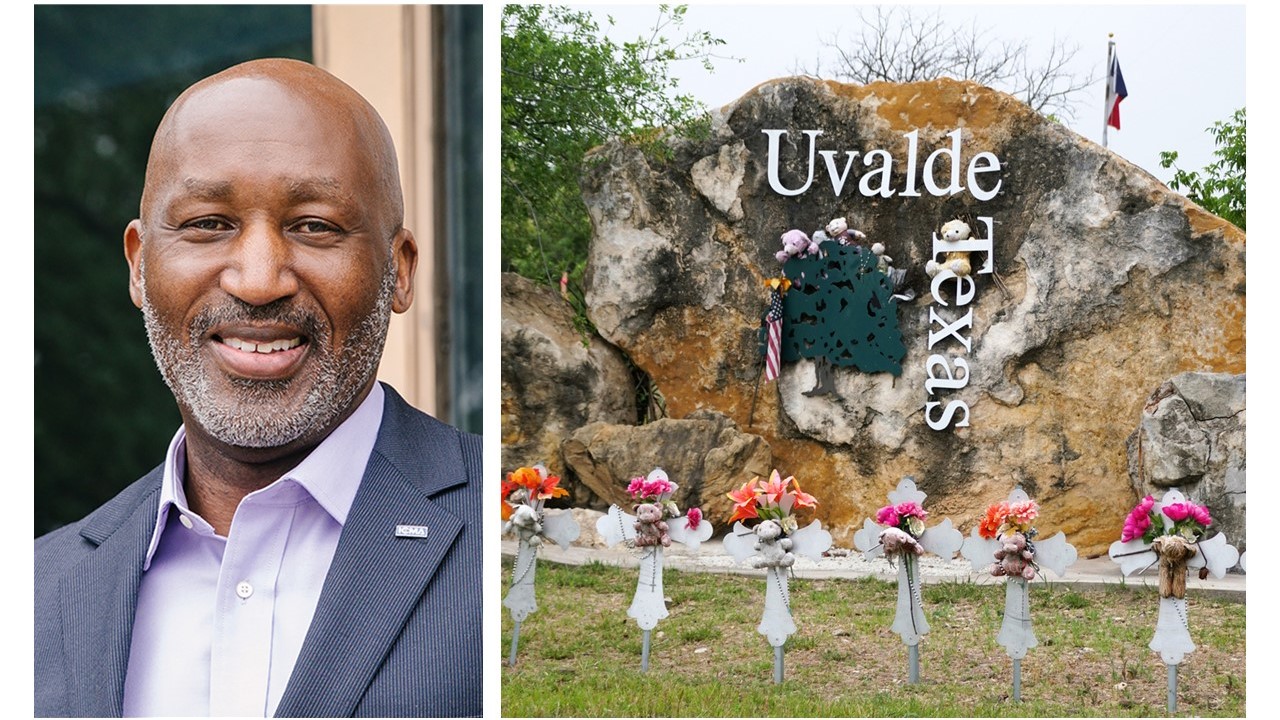
Reading this month's PM article on the Uvalde mass shooting failures is a sobering reminder that even if local law enforcement had responded appropriately, children still would have been killed or injured that day. Local government leaders often feel frustrated and inadequate because one individual, intent on causing violence, who enters a school, store, office building, or other public space, can bring so much death and destruction to a community.
For most cities, counties, and towns, the focus remains on preparation and response aimed at mitigating loss of life. With the advent of “big data,” AI, and machine learning tools, we are finally beginning to glimpse what prevention strategies might become possible over the next few years. Here are just a few examples:
In spite of potential privacy conflicts, more individuals seem ready to consider technology-based methods of detection, investigation, and prevention of active shooter situations.
Former Navy Seals have launched a company that uses enhanced video security to detect a gun or suspicious behavior for use in schools and other public spaces. The AI technology immediately alerts a professional who determines if it’s a credible threat before alerting local law enforcement. The company has over 400 clients and says it has led to over a dozen arrests. Several other companies have developed similar technologies.
Some communities are exploring social media monitoring technologies powered by AI to spot posts from shooters who announce their plans online.
Monitoring extends well beyond public-facing platforms like Instagram to sites like 4Chan and Twitch. One company said its AI platform spotted a credible threat online that led to an arrest (the person specifically described details of his planned attack). Officers in Buffalo are equipped with packets from the crime analysis department of social media posts that include photos of teens brandishing guns. When officers approach families about the online content, often parents are unaware that their children had access to guns. The International Olympic Committee is also using AI to monitor social media platforms for attacks against athletes and officials.
A number of gun violence risk assessment models have been developed and are being tested by local governments in major metropolitan areas.
The models feed in dozens of attributes of potential shooters, including demographic and psychographic details such as bullying or being bullied and suicidal tendencies. Again, the data comes from a wide range of sources, including school records, crime reports, and social media posts. The computing power of AI can take millions of data points in real time and make predictions that can then be used by local governments to initiate interventions. This might include police, but also social services and other forms of engagement focused on evaluating the threat potential and determining how best to address the potential threat and keep the community safe.
Of course, engaging the community in considering any and all preventive strategies remains a top priority. Local government leaders have done much in recent years to begin to change the perception of law enforcement from the old “you call, we haul” mentality to one of partnership. While I was city manager in Austin, Police Chief Art Acevado was masterful at engaging not only community leaders and residents but also leaders and institutions within academia in problem identification and mitigation. He also worked with regional partners to create the Austin Regional Intelligence Center, which brings together multiple agencies to analyze information and disseminate actionable intelligence throughout the region.
In addition, local government and community leaders can continue to do anything and everything to model and maintain civility in our polarized communities, reducing the rhetoric of violence.
I shared some additional information and resources last year though sadly, gun-related deaths in the United States totaled 43,163 in 2023, with more than 630 from mass shootings. We know we have to do better. Leveraging new technologies, along with community partnerships and innovative police and social services strategies, will save lives.
MARC A. OTT is CEO/Executive Director of ICMA, Washington, D.C.
New, Reduced Membership Dues
A new, reduced dues rate is available for CAOs/ACAOs, along with additional discounts for those in smaller communities, has been implemented. Learn more and be sure to join or renew today!
